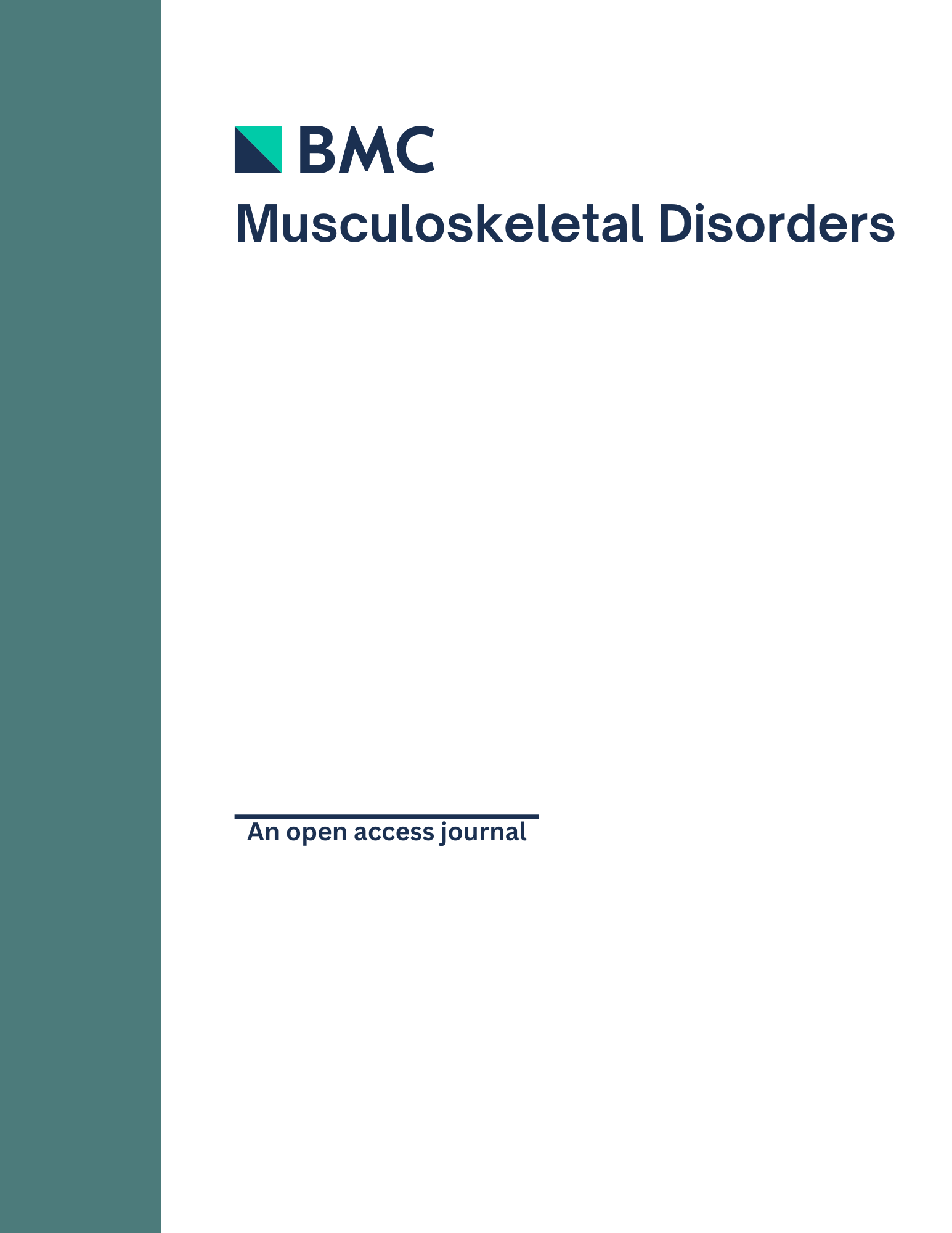
Higher flexion devices in TKA have no effect on patient-perceived outcomes

Higher flexion devices in TKA have no effect on patient-perceived outcomes
Do patients care about higher flexion in total knee arthroplasty? A randomized, controlled, double-blinded trial
BMC Musculoskelet Disord. 2013 Apr 8;14(1):127. doi: 10.1186/1471-2474-14-127Did you know you're eligible to earn 0.5 CME credits for reading this report? Click Here
Synopsis
36 patients undergoing a one-stage bilateral total knee arthroplasty were randomized to receive standard cruciate-retaining (CR) TKA in one knee and high-flex posterior-stabilized (PS) TKA in the other. This trial was designed to investigate whether higher flexion had an effect on patient perceived outcomes. 1 year results through Visual Analogue Scale and Short Form-36 survey indicated no differences in ability to perform daily activities, satisfaction, “feel” of the knee, or pain in either prosthesis.
Was the allocation sequence adequately generated?
Was allocation adequately concealed?
Blinding Treatment Providers: Was knowledge of the allocated interventions adequately prevented?
Blinding Outcome Assessors: Was knowledge of the allocated interventions adequately prevented?
Blinding Patients: Was knowledge of the allocated interventions adequately prevented?
Was loss to follow-up (missing outcome data) infrequent?
Are reports of the study free of suggestion of selective outcome reporting?
Were outcomes objective, patient-important and assessed in a manner to limit bias (ie. duplicate assessors, Independent assessors)?
Was the sample size sufficiently large to assure a balance of prognosis and sufficiently large number of outcome events?
Was investigator expertise/experience with both treatment and control techniques likely the same (ie.were criteria for surgeon participation/expertise provided)?
Yes = 1
Uncertain = 0.5
Not Relevant = 0
No = 0
The Reporting Criteria Assessment evaluates the transparency with which authors report the methodological and trial characteristics of the trial within the publication. The assessment is divided into five categories which are presented below.
3/4
Randomization
3/4
Outcome Measurements
4/4
Inclusion / Exclusion
4/4
Therapy Description
4/4
Statistics
Detsky AS, Naylor CD, O'Rourke K, McGeer AJ, L'Abbé KA. J Clin Epidemiol. 1992;45:255-65
The Fragility Index is a tool that aids in the interpretation of significant findings, providing a measure of strength for a result. The Fragility Index represents the number of consecutive events that need to be added to a dichotomous outcome to make the finding no longer significant. A small number represents a weaker finding and a large number represents a stronger finding.
Why was this study needed now?
In total knee arthroplasty, range of motion is considered to be a measurement of functional success. New high flex prosthetic designs have been used, but studies have not been able to show that increased flexion beyond 110 degrees have an influence on patient-perceived outcomes. This trial, therefore, aimed to investigate whether insertion of high flex posterior stabilized TKA had increased patient satisfaction, reduced pain, better “feel” and better abilities in activities of daily living compared to standard cruciate retaining prosthesis.
What was the principal research question?
Does higher knee flexion, provided by high-flex PS-TKA, affect patient-perceived outcomes, such as pain, satisfaction, ability to perform daily tasks, and "feel" of the knee at 1 year, compared to standard CS-TKA?
What were the important findings?
- PS TKA and CR TKA had similar mean maximum active and passive flexion preoperatively, at week 6 and 3 months. However, at 6 months and 1 year, PS TKA had significantly better flexion (p<0.05). By final follow up, 30 of the CR TKA’s and 31 of the high-flex PS TKA’s were able to extend to 0–5 degrees (P>0.05)
- VAS knee pain was similar in both types of TKA at all-time points (P>0.05).
- VAS satisfaction did not differ between PS TKA and CR TKA at all-time points (P>0.05)
- Patient perceived “feel” of the knee was reported to be the same at all-time points between the knees (P>0.05)
- Satisfaction in ROM during activities of daily living, biking, squatting, facing barriers, were stated to be similar in both prosthesis (P>0.05)
- For SF-36, 26/33 patients who completed questionnaire had comparable median physical component score (PCS) of 47.8 (range: 20.6-57.9) and median mental component score (MCS) of 59.2 (range: 32.8-64.6)
What should I remember most?
Although high flexion PS prosthesis significantly increased flexion at 12 months compared to standard CR prosthesis, it had no significant effect on patient-perceived results, such as pain, satisfaction, "feel" of the knee, and ability to perform daily activities.
How will this affect the care of my patients?
The findings suggest that increasing flexion beyond 110 degrees through high-flex PS prosthesis does not produce better patient related outcomes in this population. Further studies with larger sample sizes should be conducted to suggest the best prosthesis choice across different populations and activity levels.
Learn about our AI Driven
High Impact Search Feature
Our AI driven High Impact metric calculates the impact an article will have by considering both the publishing journal and the content of the article itself. Built using the latest advances in natural language processing, OE High Impact predicts an article’s future number of citations better than impact factor alone.
Continue



 LOGIN
LOGIN

Join the Conversation
Please Login or Join to leave comments.